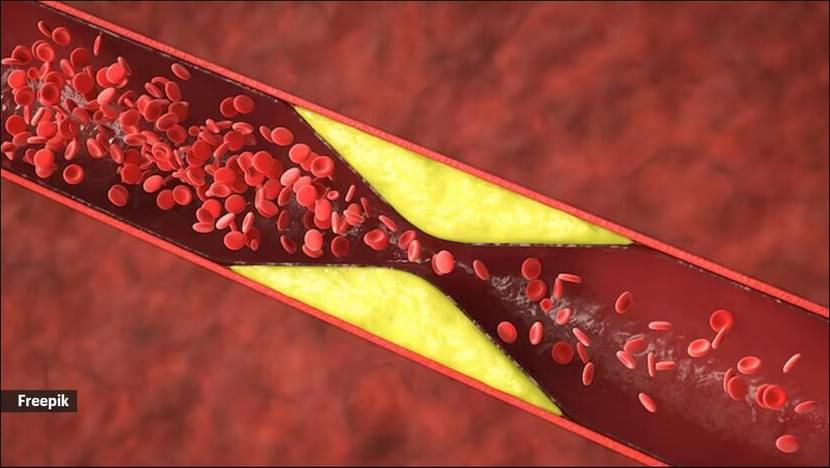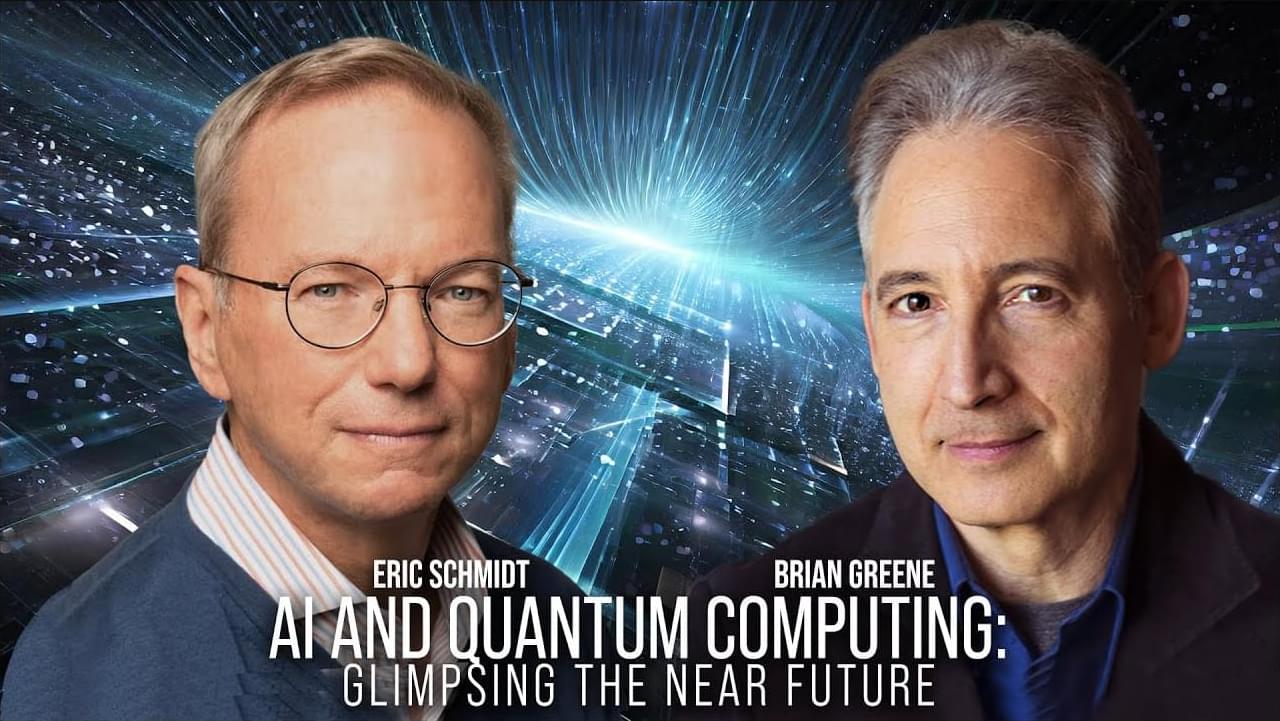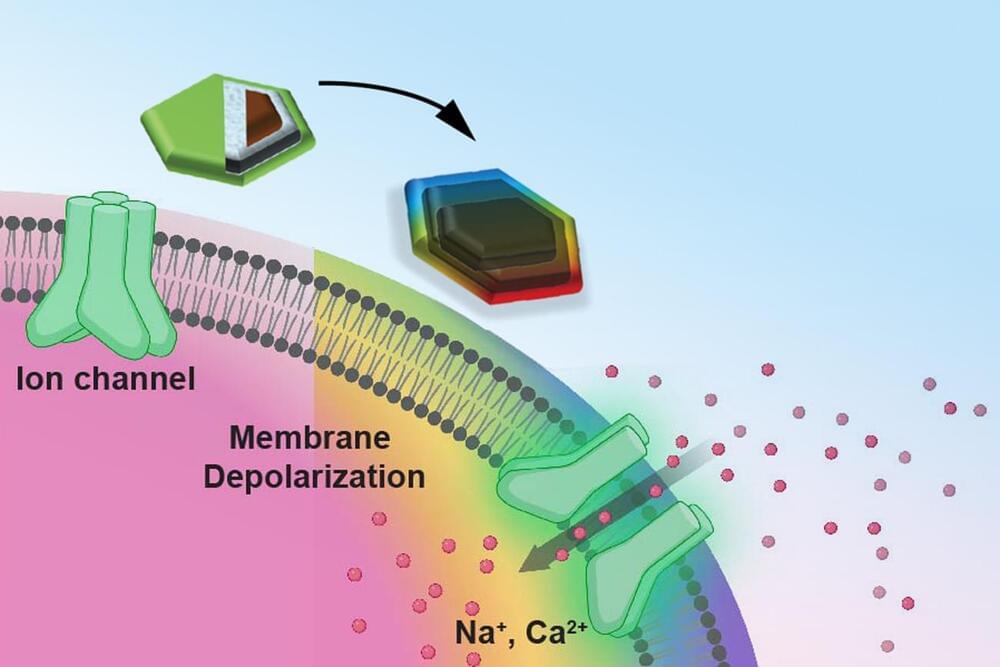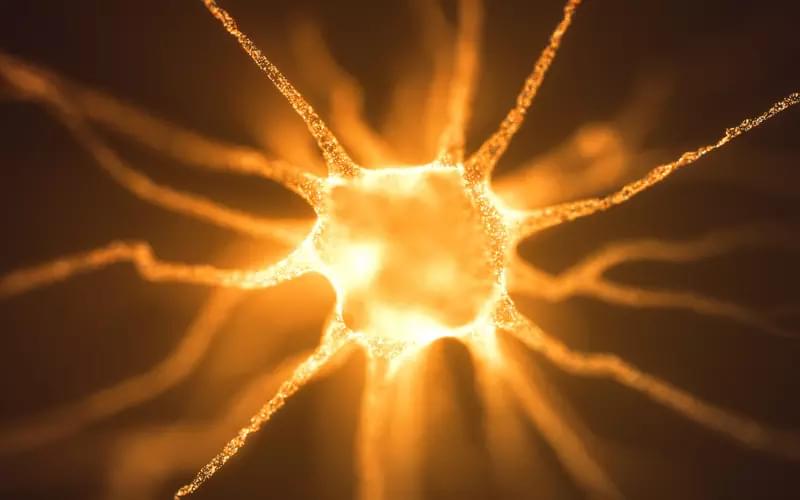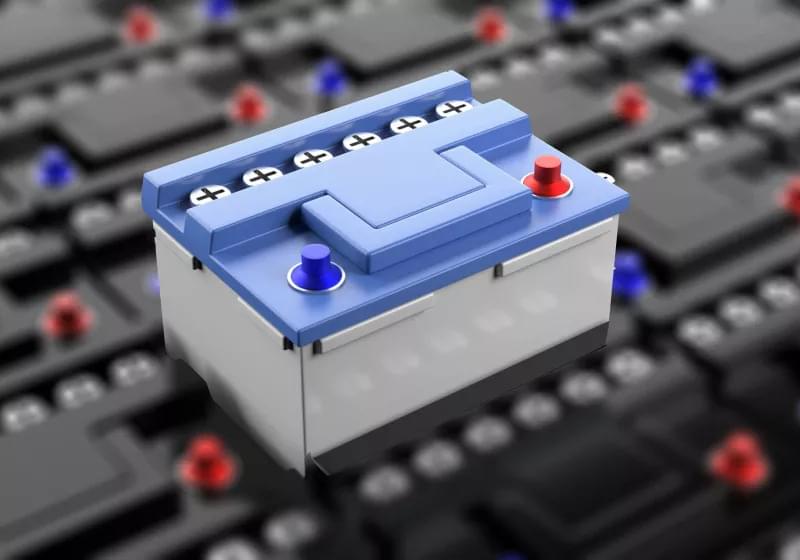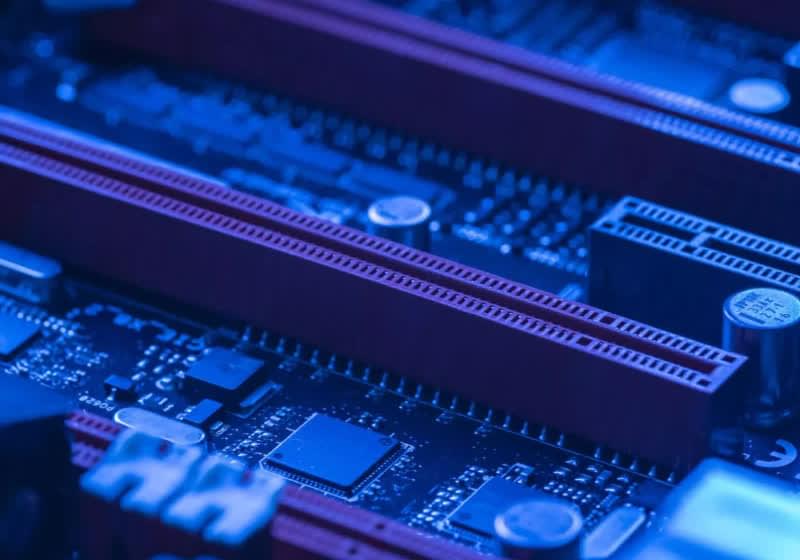Jan 19, 2025
Six effective morning habits to lower cholesterol, according to cardiologist
Posted by Shubham Ghosh Roy in category: biotech/medical
Link :
Cholesterol management is key to maintaining a healthy heart, and adopting the right habits in the morning can make a significant difference. Whether it’s what you eat, how you move, or even how you start your day mentally, these small but effective changes can help improve your cholesterol levels over time.
If high cholesterol levels are a concern, incorporating specific morning routines into your daily life can provide lasting benefits. Here’s what Dr Prateek Chaudhary, senior consultant, Interventional Cardiology at Asian Hospital, suggests you should do.
Continue reading “Six effective morning habits to lower cholesterol, according to cardiologist” »
